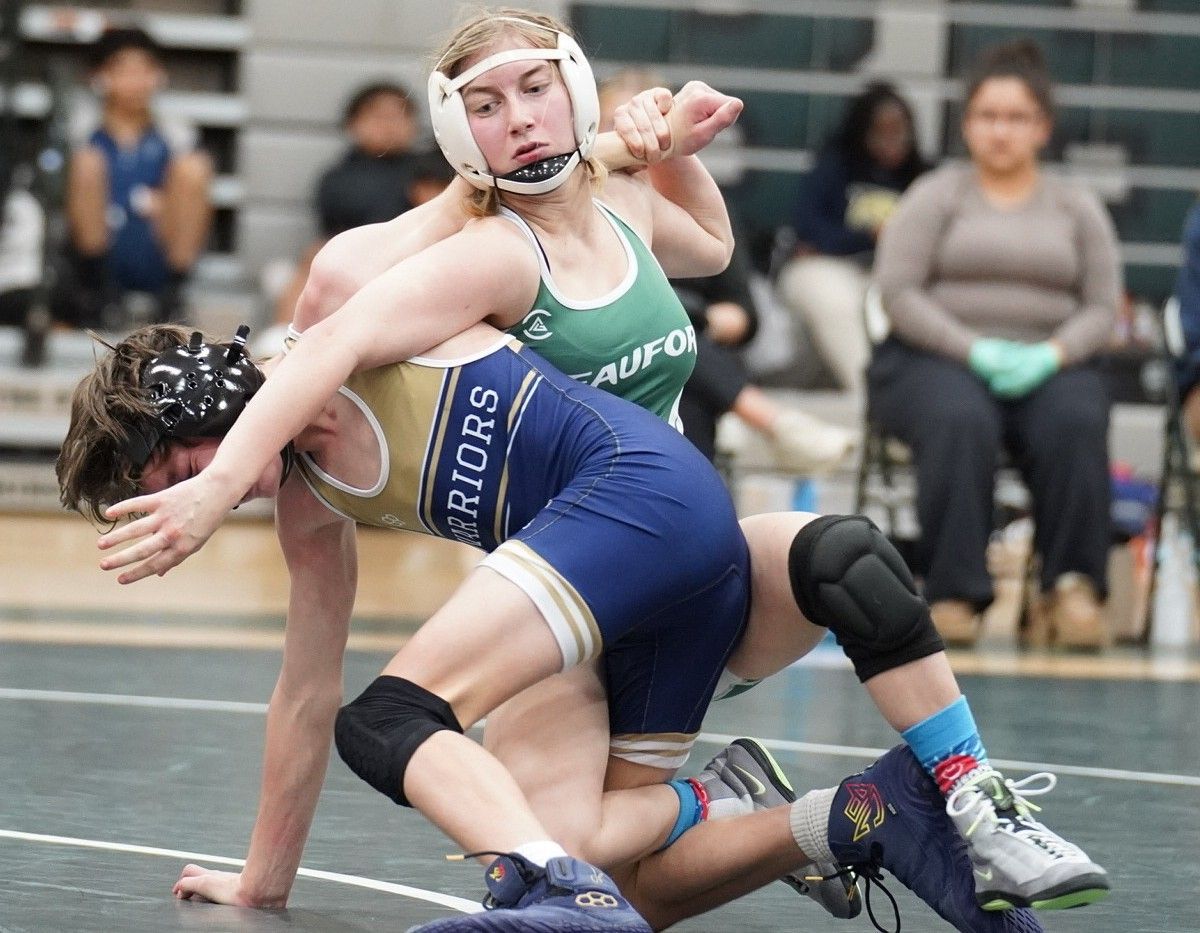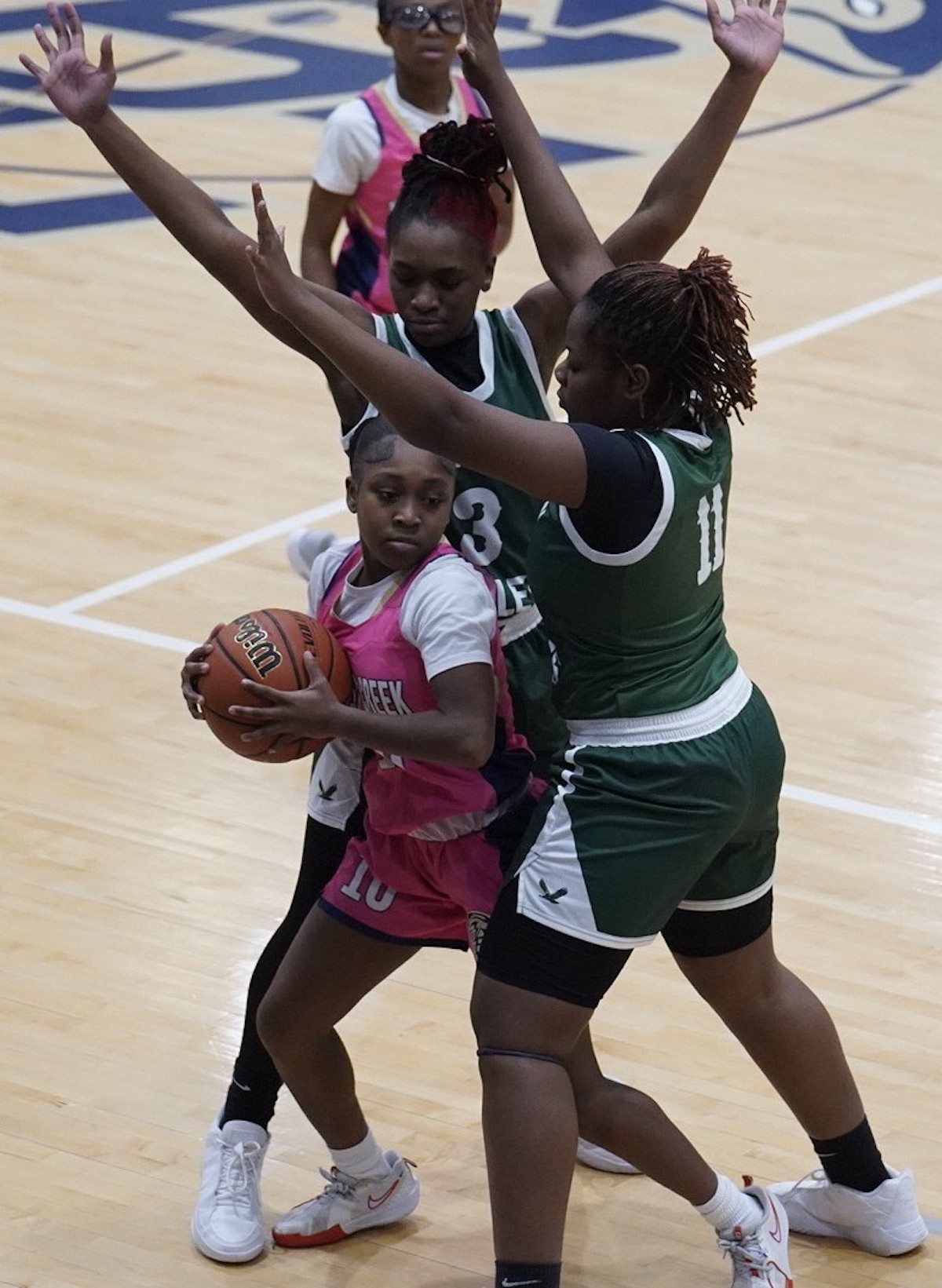By Danette Vernon
My grandmother’s house had a wrap-around porch with a swing. The view was such that you could easily take in what little company the old dirt road at the bottom of the hill provided. Serene, unless a couple of the giant bumble bees that nested in the railing flew out, then it was pandemonium as we all scattered.
I recently found a small cousin to the giants of my childhood twitching in my kitchen window sill. I watched history as it died, its one life joining with the many that were lost this year.
The plight of the honeybee is of current interest, but in reality we have no idea how widespread the die off is in the larger world of bees. There are 20,000 different varieties of bees worldwide; and 4,000 varieties just in the United States.
In the U.S., the decline of the honeybee began some 50 years ago, with a more serious trend starting about seven years ago. In 1945, for example, there were on average 4.5 million hives. Today the number stands at 2.4 million. This consistency is due to the nature of bees, in that you can subdivide an active hive and add a newly purchased queen, when you have a die off. In the last two years, beekeepers have withstood the financial loss of 30% of their hives per year, but the possibility of a third year looms as deadly to the industry, and the bees themselves.
Dennis vanEngelsdorp, acting state apiarist (beekeeper) for Pennsylvania Department of Agricultural, made the comparison that if “one in every three cows” died in the United States there would be a total societal uproar. Here we are, however, with a creature that “directly or indirectly helps produce one in every three bites we eat,” notes Dennis, yet the din of the “uproar” over this phenomenon is dim and distant.
In fact, last spring it was announced that the EPA had approved an increase of 15-25 times previous allowable levels of the Glyphosate residue (pesticide residue) in some vegetables such as carrots and sweet potatoes, according to “The Washington Post Communities,” July 5, 2013).
This decision was made final in May of this year, despite recent research, that is elucidated by Marla Spivak, University of Minnesota professor of entomology, that implicates pesticides, in particular neonicontinoids (such as Glyphosate), as an element in the die off of the honeybees. Neoniconinoids are neurotoxins.
It was after World War II that we began replacing the farming tradition of sowing cover crops such as clover and alfalfa, which are planted to enrich the fields by fixing nitrogen in the soil, with synthetic nitrogen. (Cover crops are planted in between the sowing of the “cash crop” such as corn or soy beans). In addition, we began to kill off weeds with herbicides. There was a surplus of post-war chemicals and we found a way to use them. In making these two agricultural changes, bees lost two critical food sources — vast acreages of quick blooming clover and alfalfa and flowering “weeds.” Later, with the rise of large scale single crop farms (monocultures) bees again suffered. There is a surplus when monocultures are in flower, but when great swaths of corn or soybeans or canola grow past their need for pollination, they became immense flowerless landscapes.
Finally, bees are under attack by an over-sized parasite called varroa destructor, a parasite that compromises their immune system and circulates viruses. Imagine a tick as large as your average lunch plate attaching itself to your body and you’ll get the idea of why this parasite is called varroa “destructor.”
It would appear that we have arrived at a point wherein destruction by our own hand (and a bit of bad luck) seems entirely possible when it comes to our food supply. What can we do, besides wringing our collective hands at the latest die off? The simple answer is to plant flowers, but it will take grander gestures than that to save us. It will take the public becoming genuinely alarmed, and we’re not. Not yet.






